This biome receives very little rain. Mostly hot, but cold during the day.
- Antarctica = BIGGEST
- Sahara = HOTTEST
The Desert.
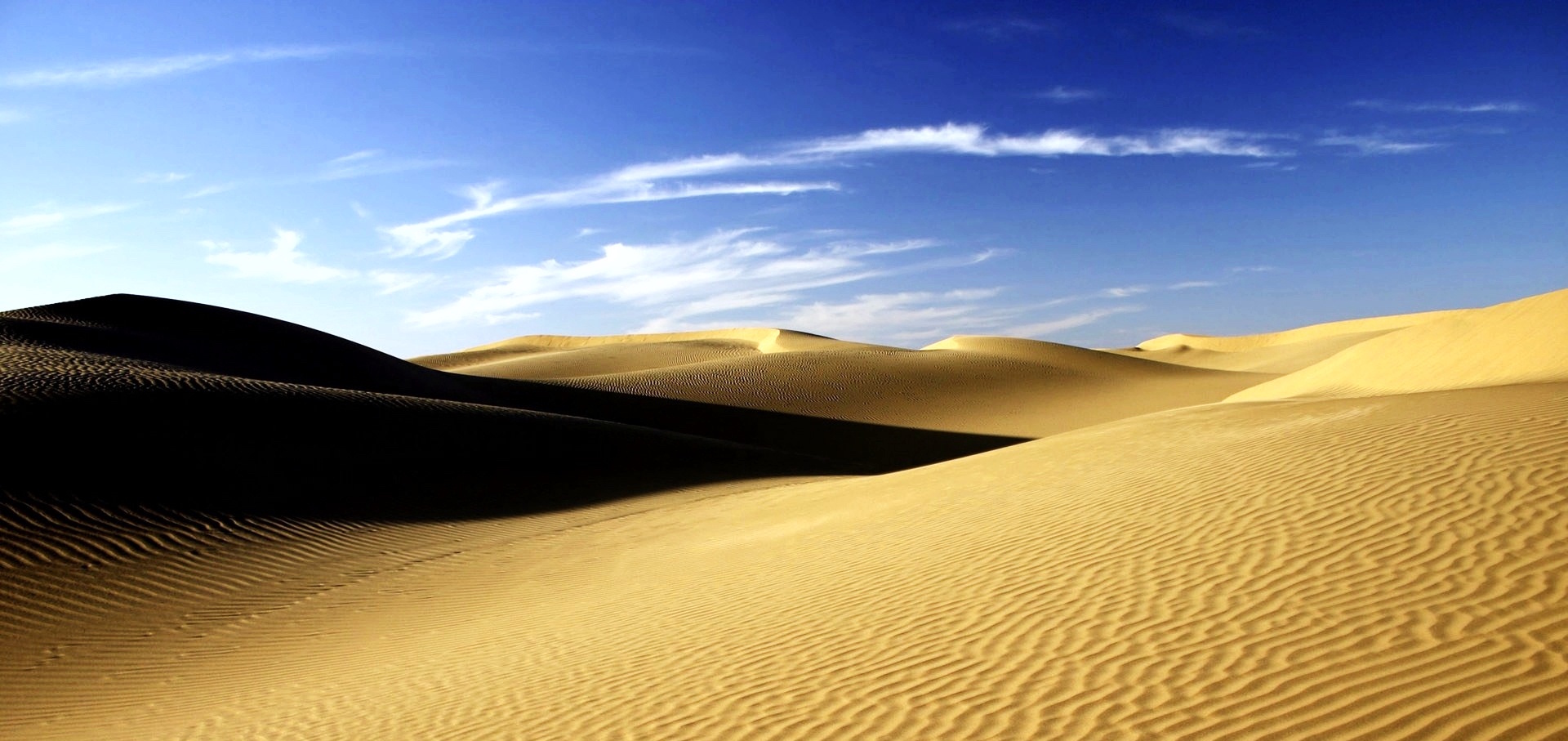
Water humans and animals can drive. Little amounts of salt.
- Streams, Rivers, Ponds, and Lakes are all examples of this.
Freshwater.
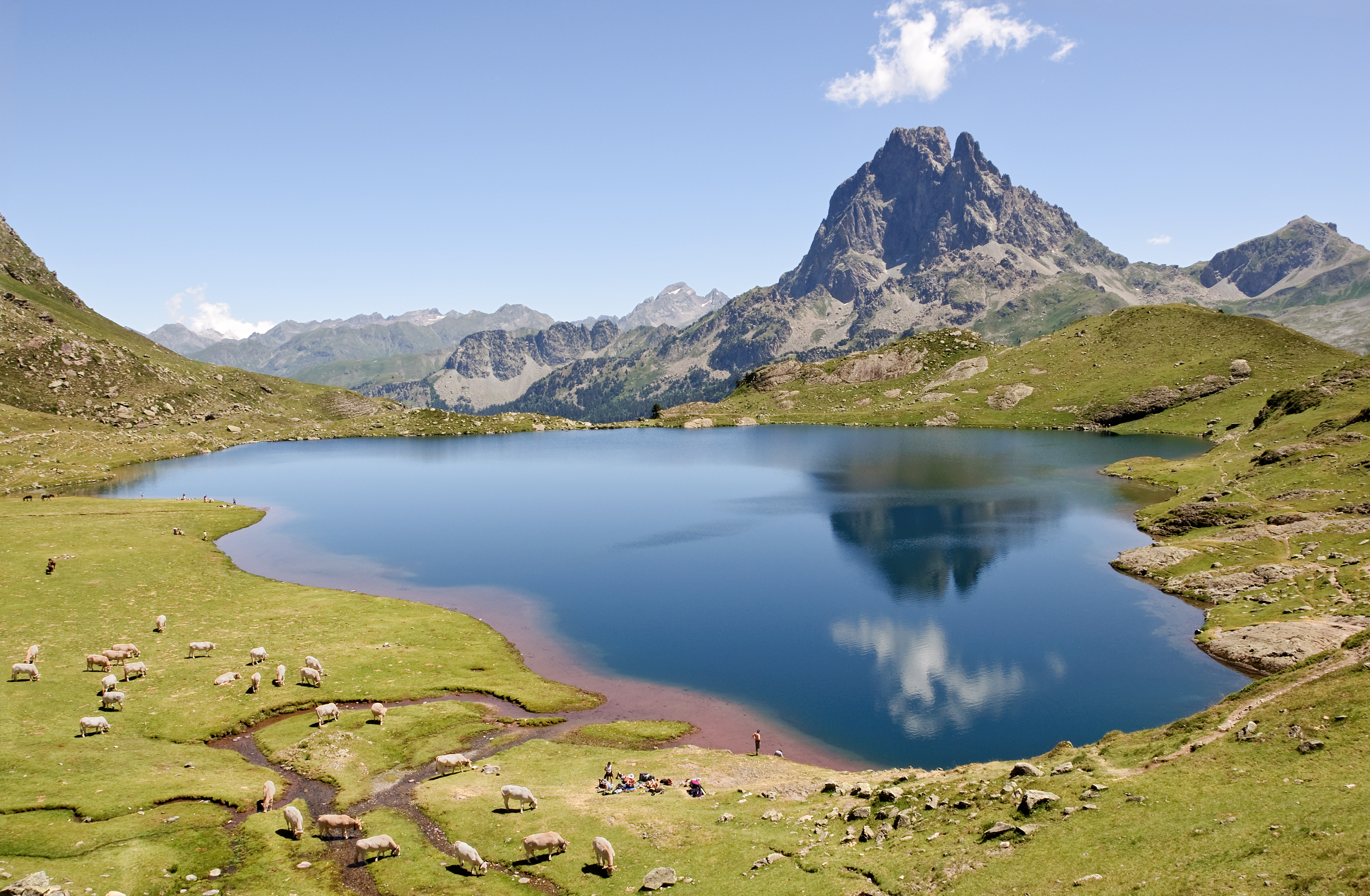
Organisms that are found naturally in an ecosystem.
Native Species.
:max_bytes(150000):strip_icc()/__opt__aboutcom__coeus__resources__content_migration__mnn__images__2017__03__koala-family-03a30438968843d689e4e89fce329840.jpg)
Another word for land.
Terrestrial.
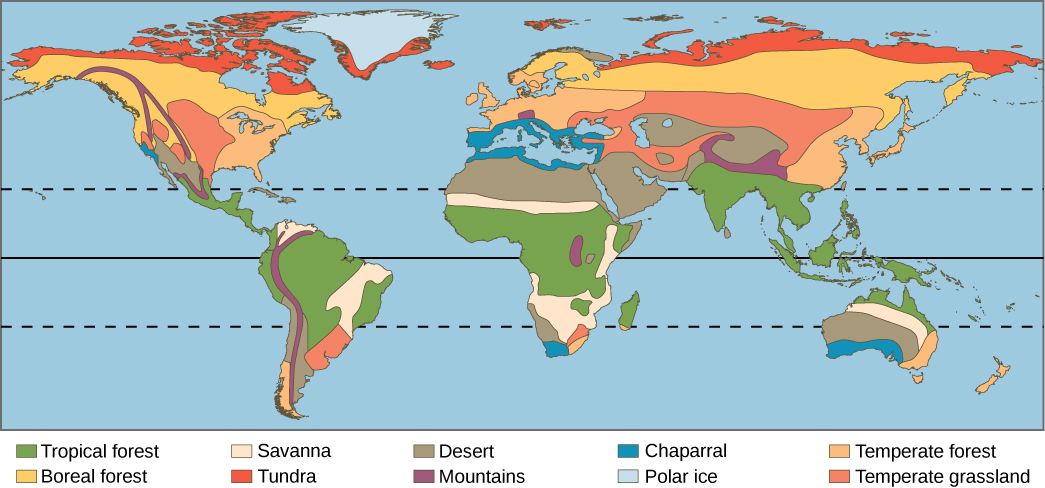
This is Earth's biggest biome. Forest with mostly Evergreen trees.
- Long, cold, and snowy Winters.
- Short, warm Summers.
The Taiga.

An area that has deep water and lots of biodiversity?
Open Ocean.
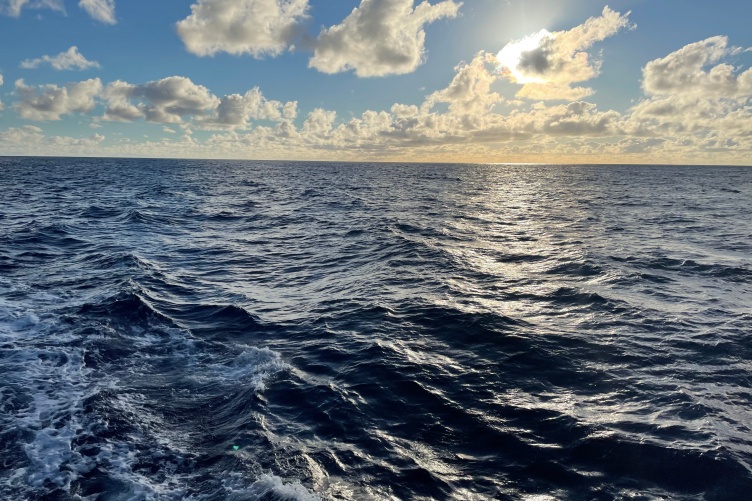
A variety of living organisms in a habitat or ecosystem.
Biodiversity.
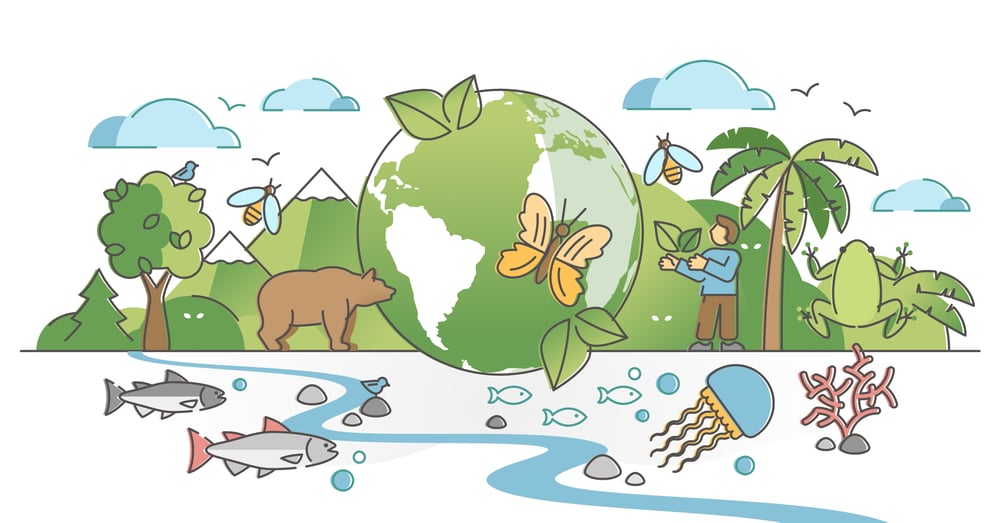
Another word for water.
Aquatic.

Grass is the most dominant plant.
- Called Prairies, Savannas, and Meadows.
The Grassland.
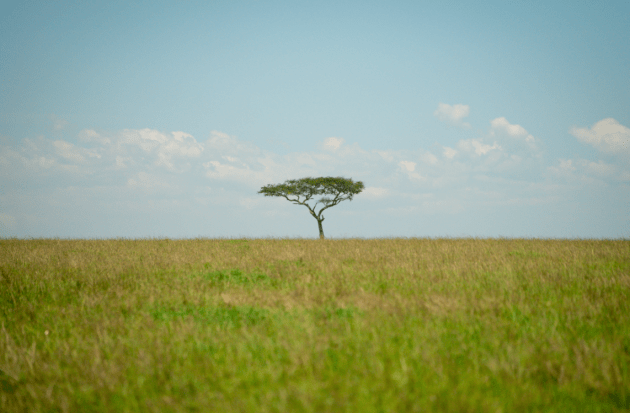
A place that has a thin layer of water covering the soil and is wet most of the time.
Wetlands.

A place where an organism lives.
Habitat.

If something is living, it is called _______?
Biotic.
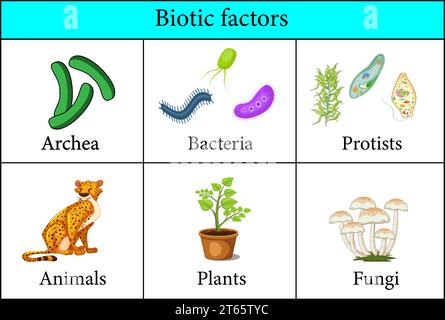
Forests that grow near the Equator.
- Large amounts of rain.
- Warm year-round.
- Dense tall, leafy trees.
The Tropical Rainforest.
:max_bytes(150000):strip_icc()/GettyImages-595321168-rz-f5f01d0db03a4a158dddf0f3c064c8f9.jpg)
Underwater structure made from the outside skeletons of tiny, soft-bodied animals called coral.
Coral Reef.
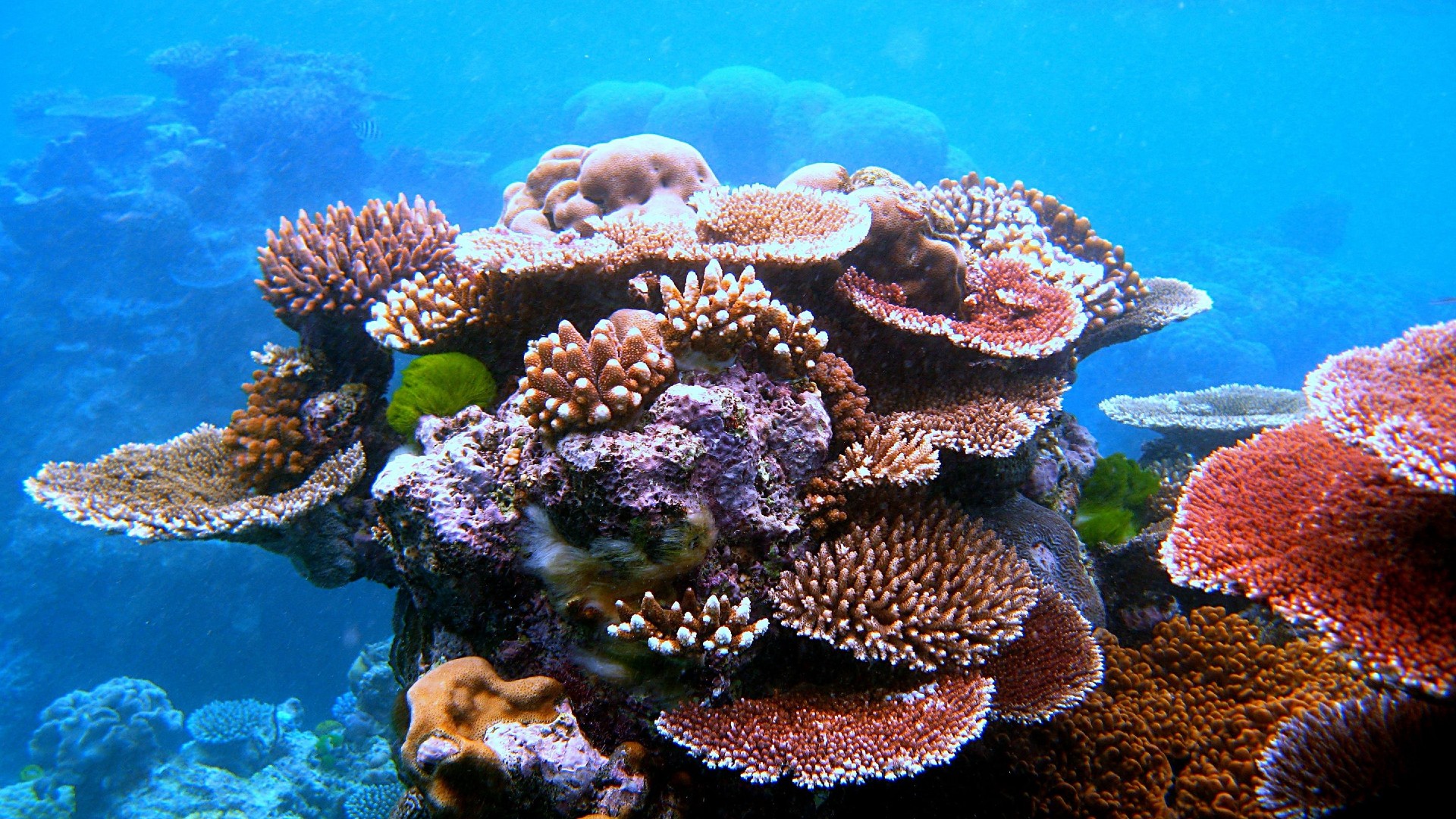
A community of living organisms in an area, interacting with each other and their non-living environment.
Ecosystem.
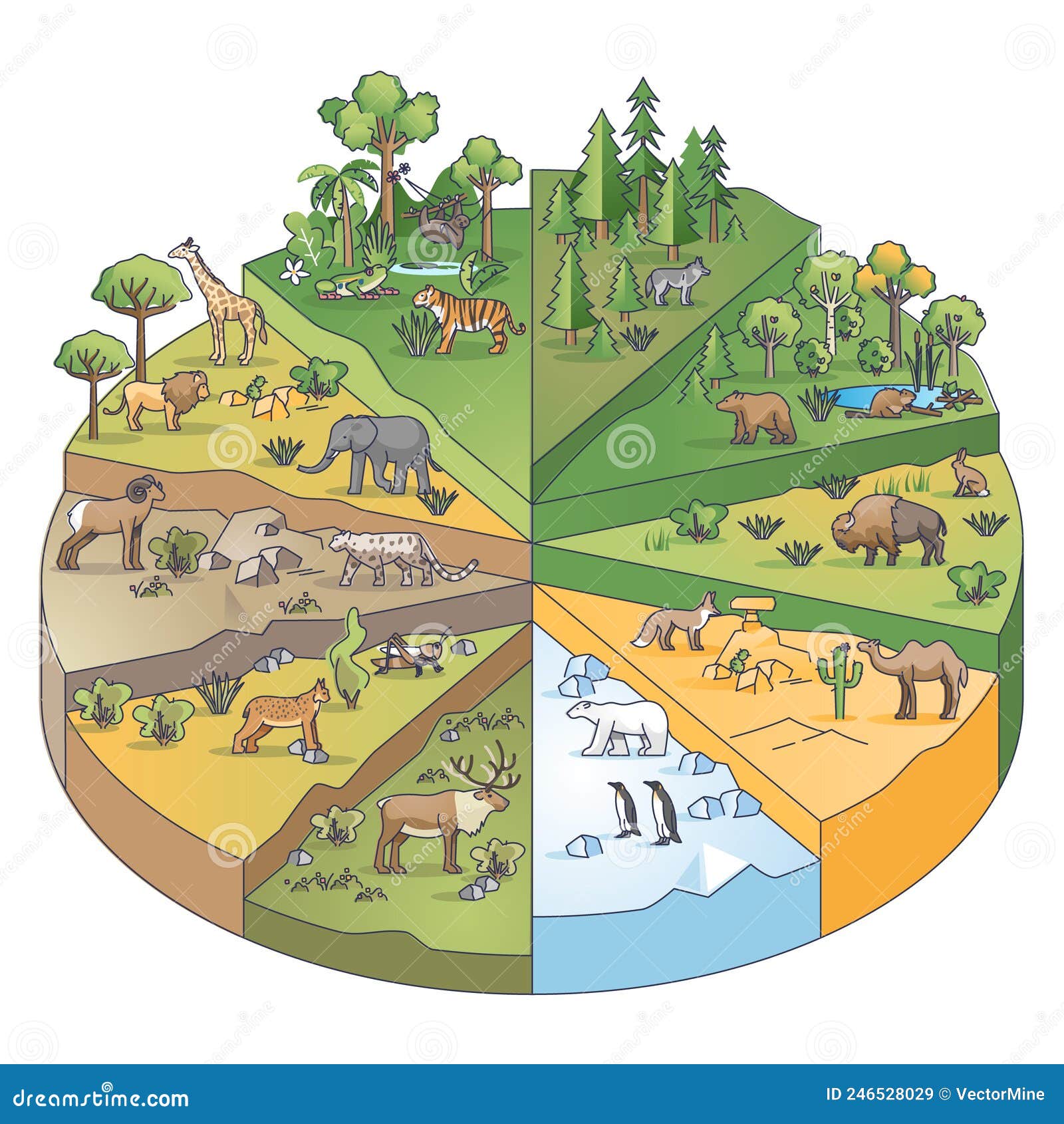
If something is non-living and has will never be living it's called ________?
Abiotic.

The most common forest biome in the United States. Trees lose their leaves in the Fall.
- Snow in the Winter.
- Hot and humid Summers.
- WERE WE LIVE
The Temperate Deciduous Forests.

Along the coast where freshwater (rivers and streams) meets and mixes with salt water (seas and oceans).
Estuary.

A non-native organism that is introduced to an ecosystem and causes harm.
Invasive Species.

This is called a _______ ______?

Food Web. Connected Food Chains.